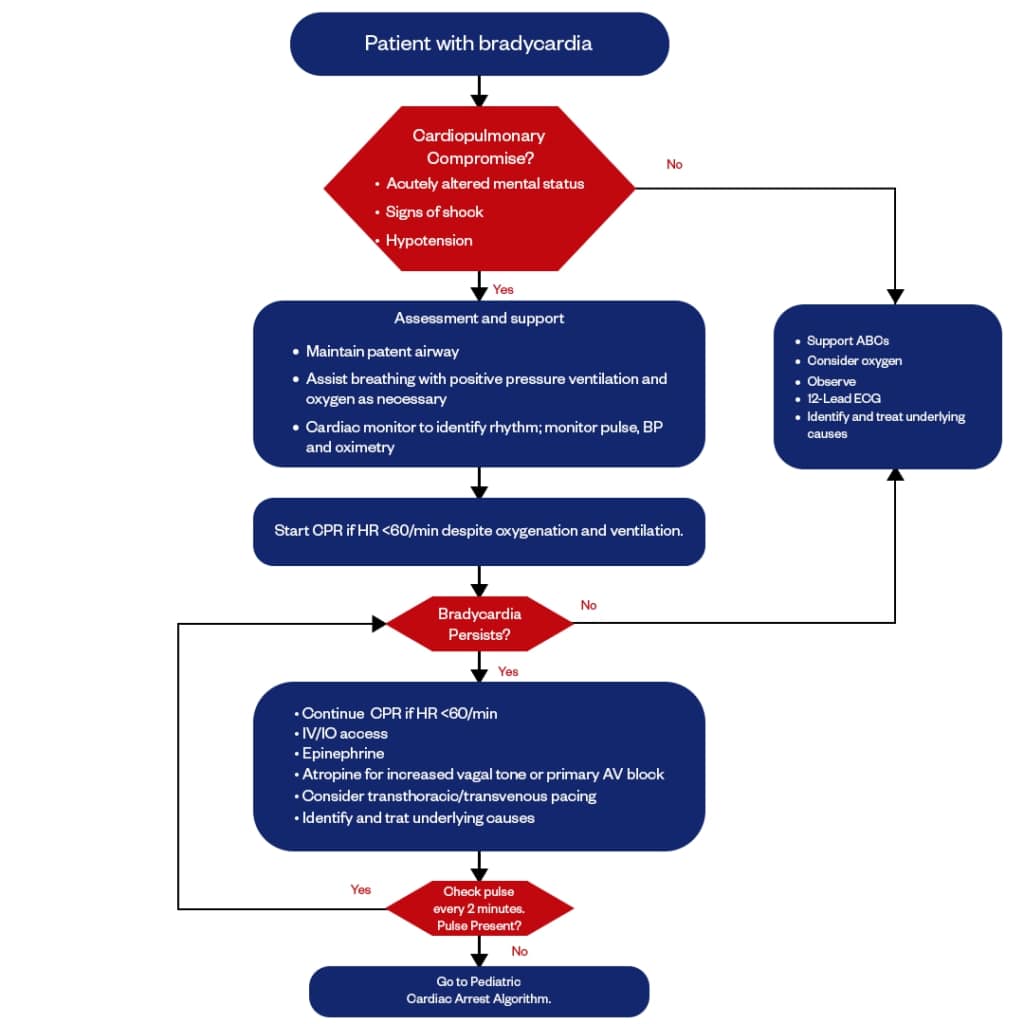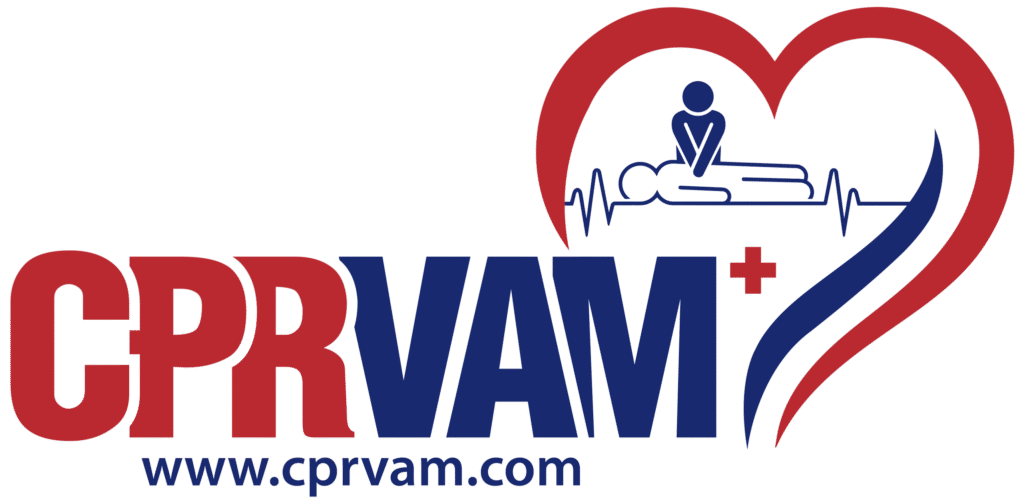Special Considerations in PALS Bradycardia Treatment Algorithm
For the effective implementation of the PALS Bradycardia Treatment Algorithm, health professionals should be extra cautious to avoid any risks and complications. Here are the special considerations for this algorithm:
1. The treatment requirements vary from child to child. That’s why the medical intervention should be patient-specific.
2. The initial focus should be to maintain the cardiac output by increasing the heart rate.
3. Closely monitoring the patient’s response to ongoing medical intervention before initiating advanced treatment.
4. Administer atropine as the first-line treatment for symptomatic AV Block, but if dealing with secondary bradycardia, epinephrine is the priority.
5. At any point of treatment, if pulseless arrest develops, immediately implement the Cardiac Arrest Algorithm.





